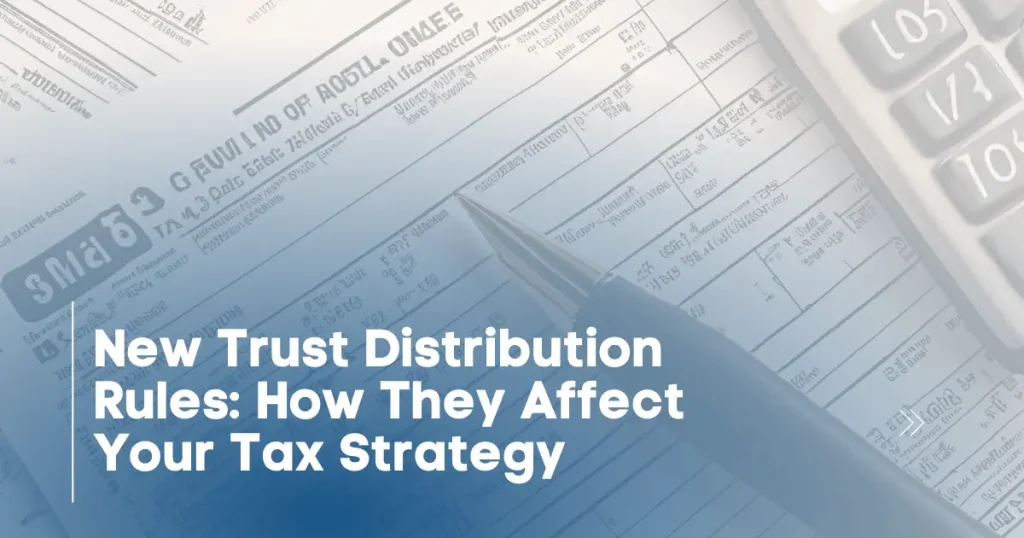Last year, the government introduced a new section in the Tax Act aimed at curbing tax avoidance, specifically regarding trust distributions. While this move was meant to target tax planning at the top end of town, it has inevitably impacted family trusts and everyday taxpayers.
In the past, distributing trust income to family members, like kids attending university, was a way to manage tax liabilities more effectively. For instance, if Billy was earning a small income while studying, trust distributions up to $45,000 could be made to him, allowing him to be taxed at a much lower rate (around 19%) rather than mum and dad paying tax at 37% or higher. This provided a significant tax advantage for many families.
However, the ATO has now tightened the rules, making it more challenging to distribute income to anyone beyond the primary beneficiaries—typically mum and dad. The new requirement states that if you distribute to other family members (like kids or relatives), the funds must actually reach the intended recipient within two years of making that distribution.
This is still feasible for parents with university-aged kids, like Billy, as long as they ensure that payments for living expenses, fees, or rent come directly from the trust and not from mum and dad’s personal accounts.
What Does This Mean for You? When planning your tax strategy this year, it’s essential to understand this new rule and ensure compliance. If you’re distributing funds to family members, make sure it’s done properly to avoid any issues with the ATO. Reach out to your tax advisor if you need help navigating these changes or want to explore the best ways to manage your trust distributions under the new law.


